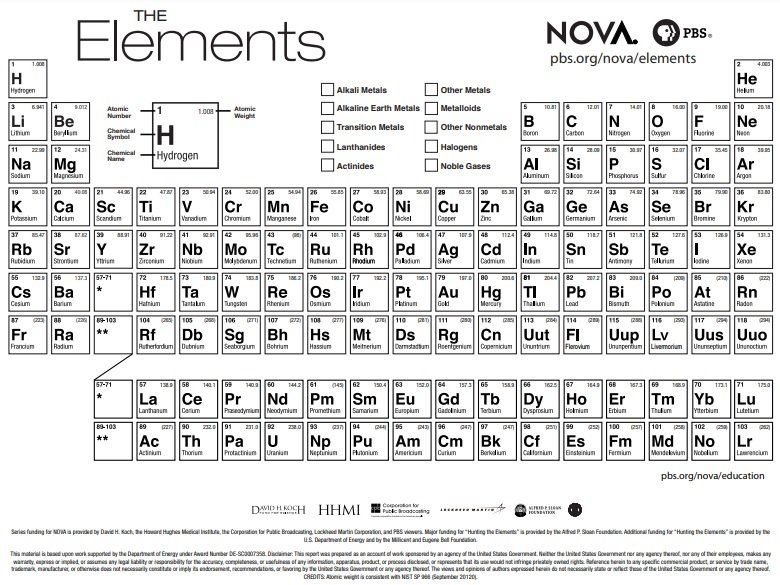

So while it’s hard to understand all 34,000 distinct emotions, we can learn how to identify the primary emotions and act accordingly. Robert Plutchik proposed that there are eight primary emotions that serve as the foundation for all others: joy, sadness, acceptance, disgust, fear, anger, surprise, and anticipation. Through years of studying emotions, American psychologist Dr. With so many emotions, how can one navigate the turbulent waters of feelings, without getting lost? And that does not even include combinations of emotions. According to the periodic table, which of the following elements wouldģ.Can you guess how many emotions a human can experience?Ī study by The Greater Good Science Center suggests there are 27 distinct emotions – at least (Cowen & Keltner, 2017). (e) phosphorus (P), sulfur (S), chlorine (Cl)Ģ. (d) oxygen (O), carbon (C), chlorine (Cl) (c) lithium (Li), magnesium (Mg), sulfur (S) (a) sodium (Na), chlorine (Cl), hydrogen (H) According to the periodic table, which of the following groups of elements These are the building blocks of so much more. They are: Boron, Silicon, Germanium, Arsenic, Antimony, Tellurium, and Polonium. They can be semi-conductors (conduct electricity) in special cases and can have a metallic sheen (shine). Metalloids have properties of both metals and nonmetals. Nonmetals tend to be poor conductorsĮlements are sectioned off into Metals, Nonmetals, and Metalloids. Not able to combine easily with other elements. The group on the right side of the periodic table. Into thin wires, and that are good conductors of electricity and heat. Metals tend to be those elements that are shiny, that can be drawn out The periodic table tells us more about an atom that its symbol and atomic number.Įach vertical column in the table is a group of elements that have similar properties.Īll the metals are on the left side of the

If the atomic number of Helium is 2, then we know it has 2 protons and 2 electrons.Īnd Aluminum? You betcha if it has 13 protons, it also has 13 electrons. Of Hydrogen is 1 and it has 1 proton, you can also conclude that it has 1 electron. You also know that an element in its naturalįorm has an equal number of protons and electrons. If the atomic number of Aluminum is 13, how many protons does The number of protons that the element contains. The next thing you should notice is the number that is above the element’s Has more than one letter, the second or third letter is always in lower case. Name for iron was Ferrum, which is where the symbol Fe comes from.Īlso notice that only the FIRST letter of the symbol is capitalized if a symbol TheseĬhemical symbols are often short forms of their original Latin names: the original The symbol for Sodium and Fe is the symbol for Iron. That there are some symbols that seem to make no sense at all: Na is Some of the symbols make complete sense: H is the symbol for Hydrogen The chemical symbol, of one or two letters. First, notice that each element is listed by an abbreviation, known as There are a couple of things that you should notice when looking at the periodic Two elements have the same atomic number, thus no two elements have the same For example, all elements that have only one proton are hydrogenĪtoms, while all elements that have two protons are helium atoms. The number of protons in an atom, knownĪs its atomic number, determines what element In the periodic table, elements are arranged in horizontal rows according Originally created the chart, called the periodic table, A Russian scientist named Dmitrii Mendeleev Scientists have created a chart that organizes all the 109 elements by their Horizontal row on the periodic table all elements in a period Have a shiny appearance and are good conductors of electricityĮlements on the right side of the periodic table and are poor Vertical row on the periodic table all elements in a groupĮlements on the left side of the periodic table normally


 0 kommentar(er)
0 kommentar(er)
